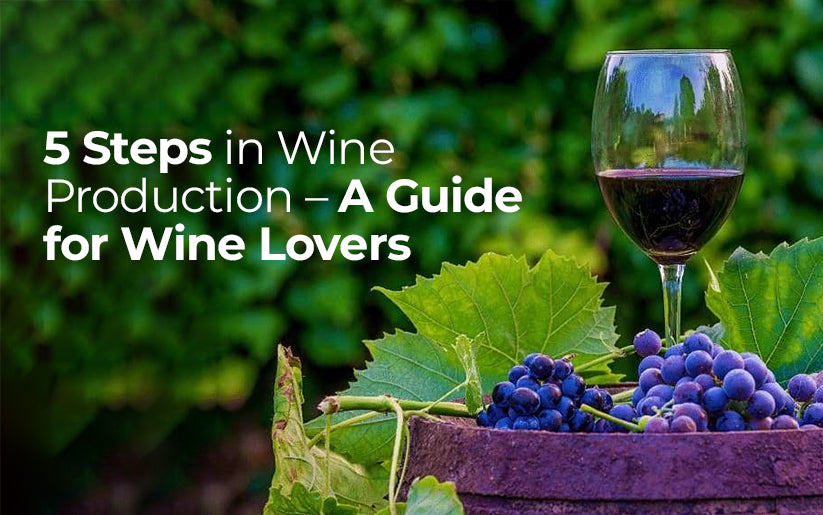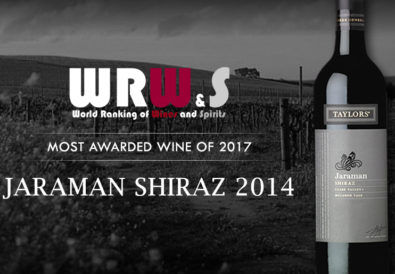Wine making is not simple. As a starting point, the quality of grapes will tell you the quality of wine. There are factors that affect this. The changing weather is just one. Along with this are the soil minerals, soil acidity, and even the season for growing. Some grape growing countries extend their harvest just to ensure a quality produce. These are mostly the cool areas. In Australia, Vitis Vinifera is the most common specie.
The First step in wine production is the harvest. This can be done manually or mechanically. There are large tractors that can speed up the harvesting process. But before that, there are considerations like the weather, taste, seed color, ripeness, and berry flavor. After picking, destemming comes. Stems are being separated from the produce.
The second step is crushing and primary fermentation. Crushing will squeeze out the juice and contents of the grapes. Depending on the wine makers, some crush the berries prior destemming. Others will go through destemming before crushing. In case of need for increased extraction, crushing is mainly on the berries.
The third step is pressing. There will be direct application of pressure to the produce to separate the skin and the juice. The first juice liberated is called, free-run juice. This is the best quality of juice from the berries. With pressing, there will be more juice to liberate.
Pigeage is the fourth step in wine making. This is a French term that means grape stomping on open tanks for fermentation. The cap or the layer of berry skins will surface. These are saved for color and taste and are usually mixed in the liquid.
The next step is cold and heat stabilization and is intended to reduce crystals in wine called, tartrate. After this is the secondary fermentation and bulk aging. This will take 3 to 6 months in a large stainless steel tank. When the lactic acid bacteria finally metabolizes with malic acid, there will be production of carbon dioxide and lactic acid. These acids are the reasons the wines taste the way they do.
With the long process every wine goes through, every drop is “liquid gold”. From the grapevine to a wonderful bottle, who can resist a glass or two?
















